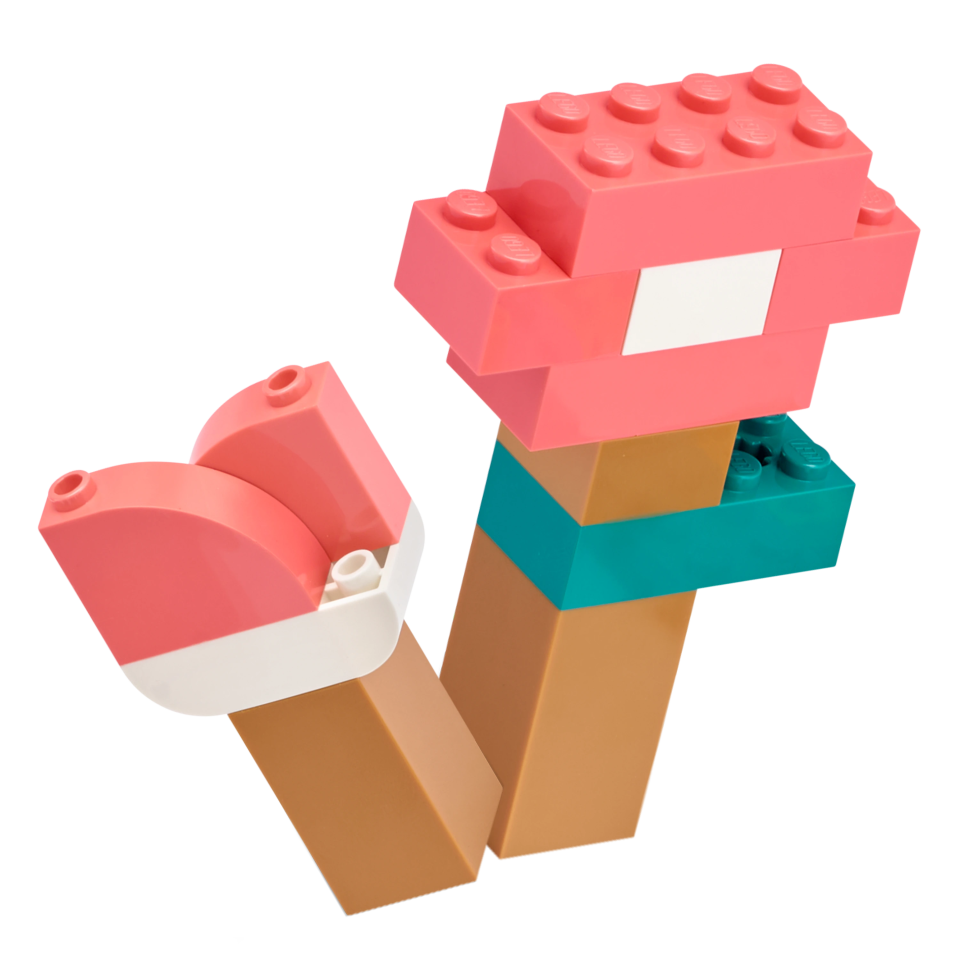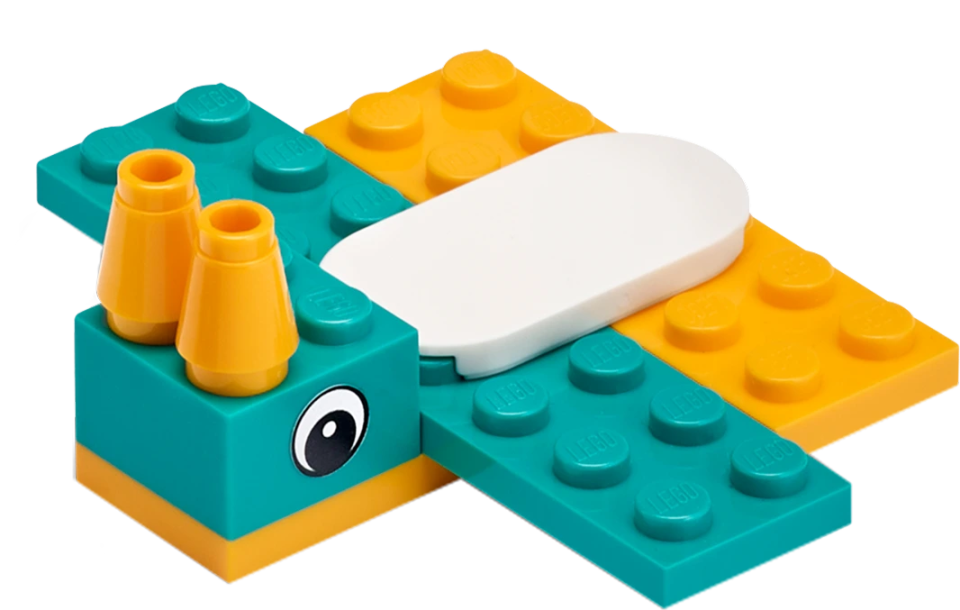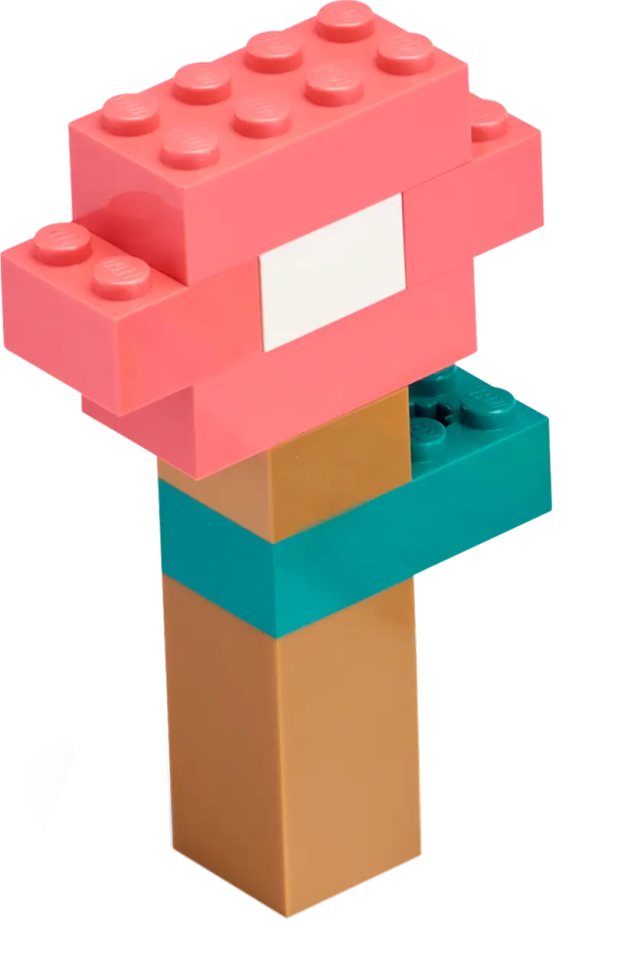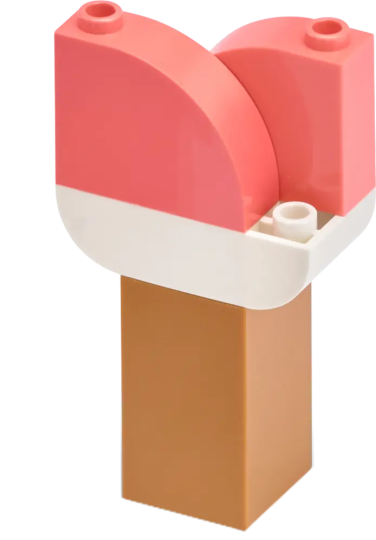SPIKE™ Essential
Winning Goal
How can Maria’s soccer game be more like a computer game?
30-45 min.
Beginner
Grades 3-5
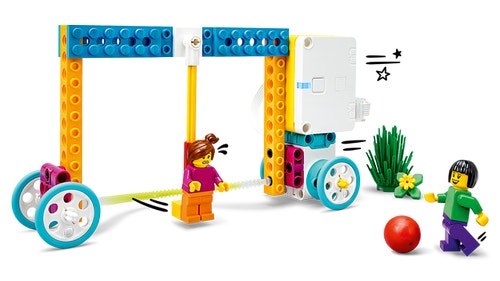
Prepare
- Review the Winning Goal lesson in the LEGO® Education SPIKE™ App.
- If necessary, pre-teach these related vocabulary words: compare, contrast, and failure.
- Consider the abilities and backgrounds of all your students. Differentiate the lesson to make it accessible to everyone. See the Differentiation section below for suggestions.
- If time allows, plan and facilitate the language arts extension. See the Extension section below for more information.
Engage
(Whole Class, 5 Minutes)
- Facilitate a quick discussion about failure.
- Talk with your students about a time when they tried to complete a task or an activity but couldn’t (e.g., not being able to save a goal in soccer).
- Ask questions, like: How did it feel to fail? How did you change your approach so that you would succeed the next time?
- Introduce your students to the story’s main characters and the first challenge: moving the goal.
- Distribute a brick set and a device to each group.
Explore
(Small Groups, 30 Minutes)
- Have your students use the LEGO® Education SPIKE™ App to guide them through their first challenge:
- Create and test the program that moves the goal.
- Have your students iterate and test their models to complete the next two challenges in the app:
- Modify the program to make the goal move in a different way.
- Design your own upgraded moving goal.
- You can find coding and building support in the Tips section below.
Explain
(Whole Class, 5 Minutes)
- Gather your students together to reflect on their completed challenges.
- Ask questions, like: How did you modify the program to make the goal move in a different way? What did you consider when you designed your own moving goal?
Elaborate
(Whole Class, 5 Minutes)
- Prompt your students to discuss and reflect on the process of identifying the failure points of a model or program.
- Ask questions, like: How could you determine when the goal failed? What did you observe? How could you use these observations to make it successful in the future?
- Have your students clean up their workstations.
Evaluate
(Ongoing Throughout the Lesson)
- Ask guiding questions to encourage your students to “think aloud” and explain their thought processes and reasoning in the decisions they've made while building and programming.
Observation Checklist
- Measure your students’ proficiency in identifying the failure points of a model or program.
- Create a scale that matches your needs. For example:
- Needs additional support
- Can work independently
- Can teach others
Self-Assessment
- Have each student choose the brick that they feel best represents their performance.
- Yellow: I think I can identify failure points of a model or program.
- Blue: I can identify failure points of a model or program.
- Green: I can identify failure points of a model or program, and I can help a friend do it too.
Peer-Feedback
- In their small groups, have your students discuss their experiences working together.
- Encourage them to use statements like these:
- I liked it when you…
- I'd like to hear more about how you…
Tips
Coding Tip
- After your students complete their first challenge, they'll be provided with three Inspiration Coding Blocks to help them modify their programs.
- The Inspiration Coding Blocks are intended to spark their imaginations as they experiment to find their own solutions.




Model Tip
- After your students complete their second challenge, they’ll be provided with three Inspiration Images and an open-ended prompt for improving their models.
- The Inspiration Images are to help spark their imaginations as they experiment and personalize their models.
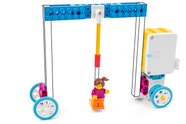

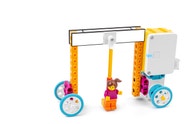
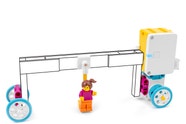
There aren't any building instructions for this challenge.
Differentiation
Simplify this lesson by:
- Selecting one Inspiration Image to help your students personalize their models
- Experimenting with either the coding or the building
Increase the difficulty by:
- Creating a program for another group and having them try to score
- Adding the Light to the goal, then programming it to act as a countdown clock
Extension
- Have your students write a sports commentary for Maria and Sofie’s soccer game. Make sure that they use correct sports terminology and directional vocabulary.
If facilitated, this will extend beyond the 45-minute lesson.
Language Arts: CCSS.ELA-LITERACY.W.5.4
Teacher Support
Students will:
- Identify the failure points of a model or program
- Consider failure points in order to make improvements
- Engage effectively in a range of collaborative discussions
(one for every two students)
- LEGO® Education SPIKE™ Essential Set
- Device with the LEGO® Education SPIKE™ App installed
- CSTA 1B-AP-11
- NGSS 3-5 ETS1-3
- ISTE 1.4d
- CCSS.ELA-LITERACY.SL.5.1
Language Arts Extension
- CCSS.ELA-LITERACY.W.5.4
